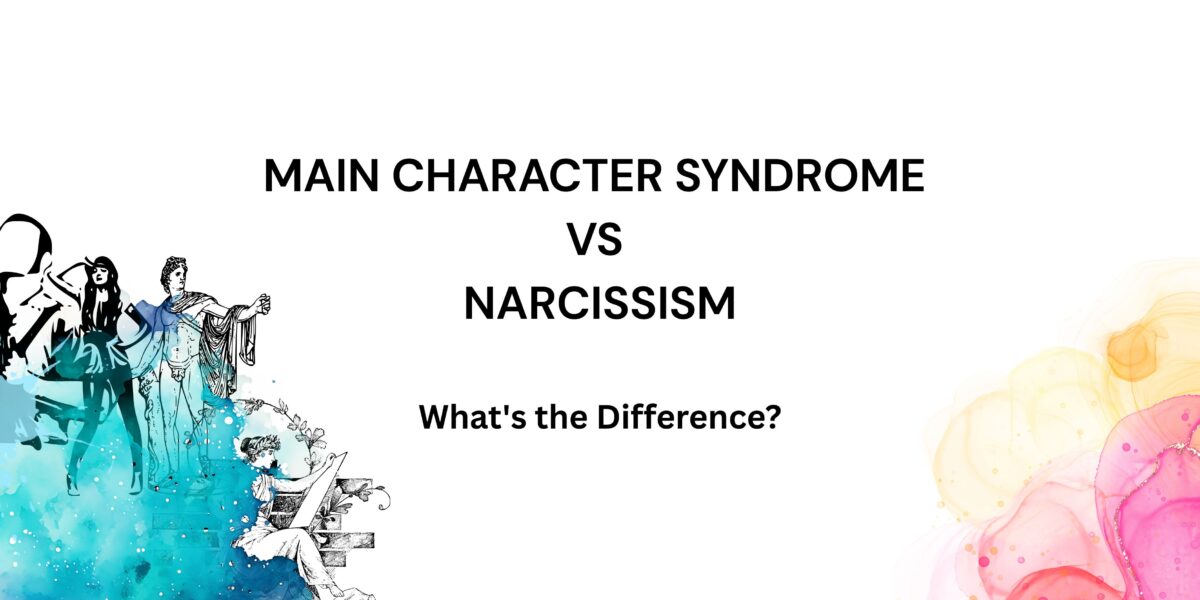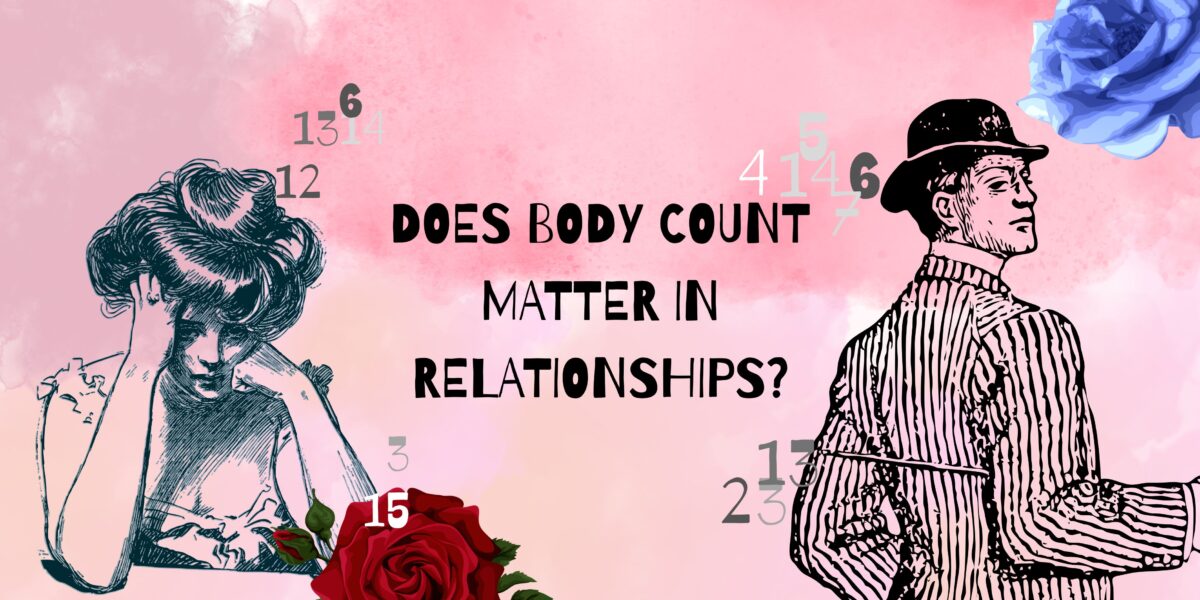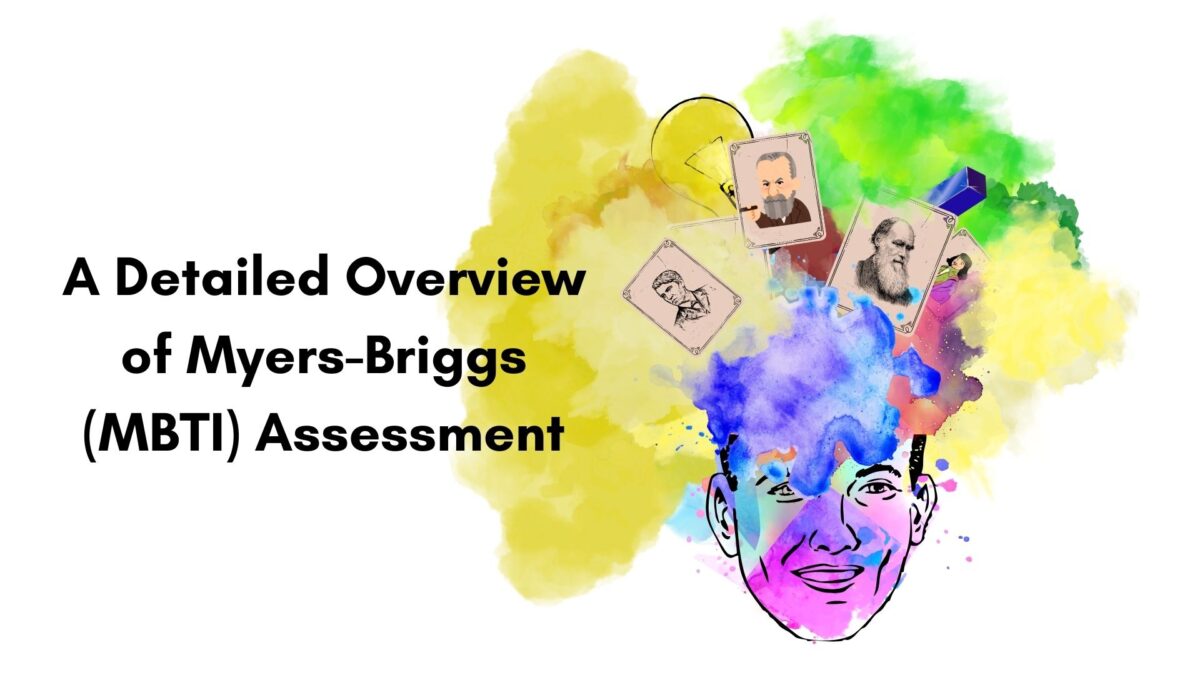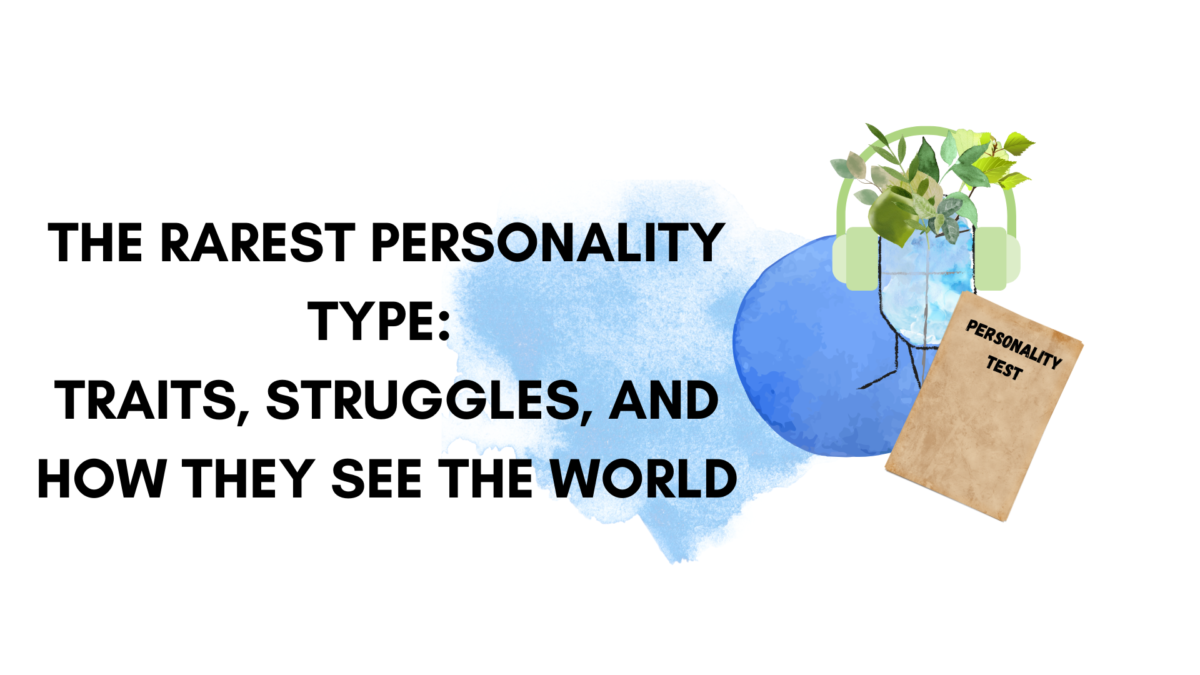-

How to Regain Your Self-Respect and Why It Matters
The Quiet Power of Self-Respect You’ve heard it before. “Respect yourself.” “Stop settling.” “Know your worth.” But no one ever really told you how.They didn’t tell you how blurry it gets when love is involved.They didn’t warn you how easy it is to slowly, quietly shrink to fit inside someone else’s comfort zone. It doesn’t…
-

Main Character Syndrome vs. Narcissism: What’s the Difference?
In the digital age, it is likely that many concepts around self-expression and empowerment could be compared to narcissism. The main character syndrome is one such concept. Despite being associated with social media content creators, the main character syndrome can also be found in people in all walks of life. Imagine a person using their…
-

10 Scientifically Backed Signs of ADHD in Adults
ADHD, or Attention-Deficit/Hyperactivity Disorder, has long been associated with children who are unable to sit still or concentrate. In reality, however, ADHD frequently lingers into adulthood. The signs in adulthood also appear to be quite different in various contexts. As a result, it becomes more difficult to diagnose. So, in this article, I will attempt…
-

Does Body Count Affect Relationships?
In today’s society, casual sex is no longer as big of a taboo as it once was. As a result, there seems to be greater acceptance towards it. Moreover, various sexual terms have also entered common speak. Nevertheless, the actual act of intercourse is still divisive. An example here is of the taboo around kinks…
-

10 Signs of High-Functioning Autism in Women
Ever met a woman who overthinks every text, avoids eye contact like it’s cursed, and has a mini existential crisis when someone moves her coffee mug an inch to the left? But like, she still shows up looking like she’s got it all together? Yeah… plot twist: she’s not high-maintenance, dramatic, or “just anxious.” She…
-

How Can Therapy Help with Mental Health
Mental health is important. Unfortunately, awareness regarding it is still pretty lacking. As a result, many are still unsure of how therapy actually works. For that purpose, I, a clinical psychologist, will break down how therapy can be of benefit to you! First, let’s see how effective therapy is. Is Therapy Worth It? Psychotherapy is…
-

What Makes a Lady with Cats a “Cat Lady”?
The Moment You Realized You’re That Girl It’s a lazy Sunday. You’re on the couch in your oversized t-shirt, hair in a messy claw clip, holding your favorite mug of chai. You’re half-watching some random show, half-thinking about life… when you feel it. A stare. You look up—and boom—there’s your cat, sitting like a queen,…
-

Difference between Introspection and Rumination: The Fine Line Between Inner Peace and Inner Chaos
The 3 a.m. Thought Spiral It’s 3:04 a.m. You should be asleep. But no—your brain has other plans. Now you’re just lying there, overthinking that one thing you said in a random convo weeks ago. Like—did your “thanks” sound normal? Was it too awkward? Should you have smiled more? Or less? Ugh. And boom. Suddenly…
-

Age Gaps in Relationships: What Men and Women Prefer
Okay, real talk—have you ever seen a celeb couple and instantly Googled their age gap? Don’t lie, we’ve all done it! Whether it’s Priyanka and Nick, Beyoncé and Jay-Z, or that one weird pairing that made you go, “Wait, she’s older??” – age-gap relationships are everywhere, and people have opinions. And sure, the internet loves…
-

What Does Your Blood Type Say About Your Personality?
Okay, here’s a strange yet entertaining thought: what if your blood type could reveal anything about your personality? Not simply your health or medical history, but also your personal identity. That sounds random, doesn’t it? However, in countries such as Japan and South Korea, this is a reality. People there really believe that your blood…
-

A Detailed Overview of Myers-Briggs (MBTI) Assessment
Why do we do what we do? Meet the MBTI Personality Test! Ever wondered why some thrive on spontaneous trips while you need a plan and a weather forecast? Or why one person thrives in a room full of strangers, while another is perfectly content sipping chai alone on the balcony? These differences aren’t just…
-

The Rarest Personality Type: Traits, Struggles, and How They See the World
Do you feel that the world is viewed or perceived differently by you and by others? Do you think that your reasoning is always one step ahead of those around you? If yes, you may likely belong to the rarest personality type in the world – the INTJ. The personality type falls under the ambit…

